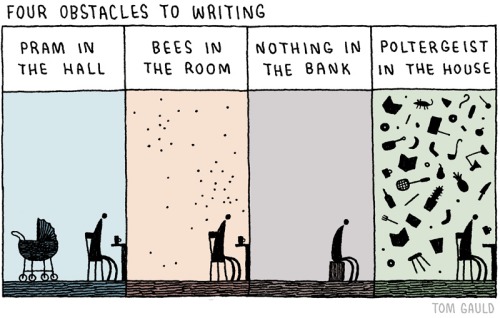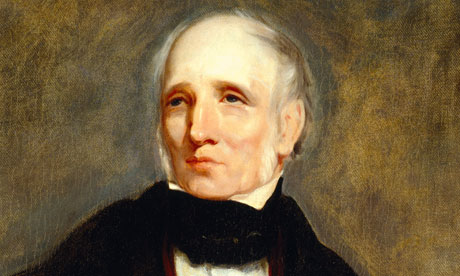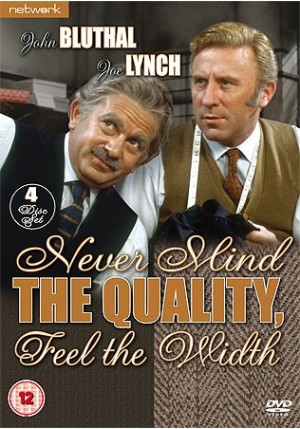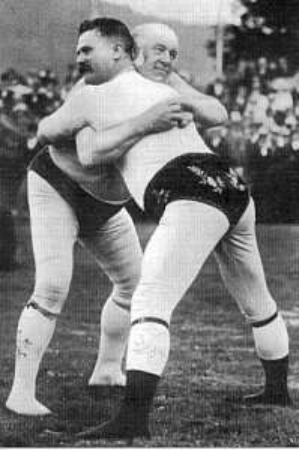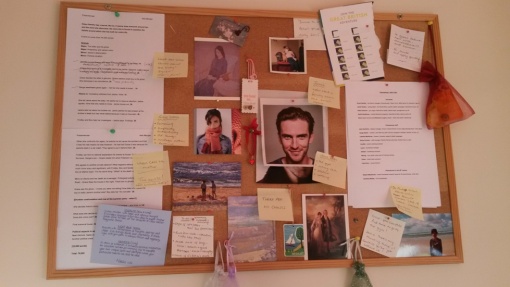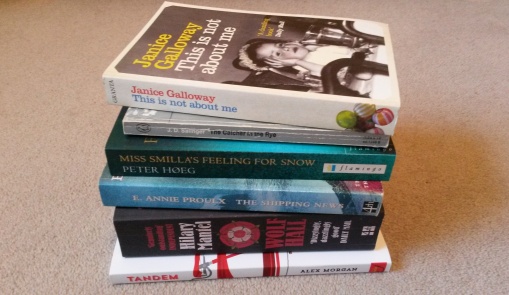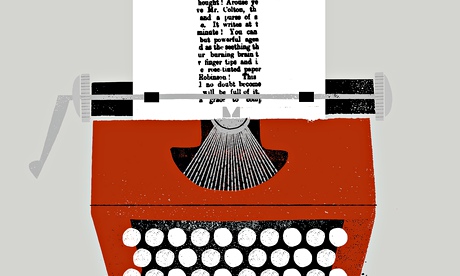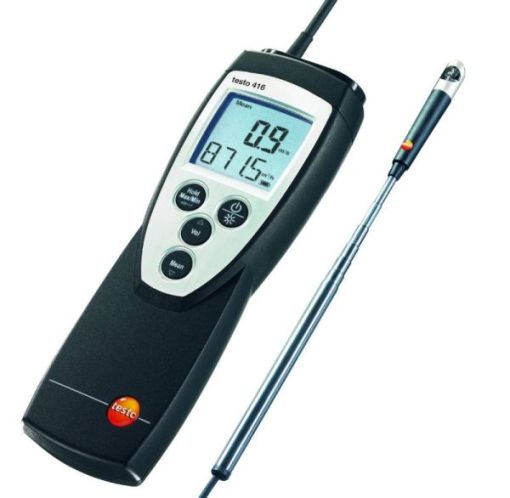I’ve overcome two of Tom Gauld’s four obstacles to writing (thankfully, I’ve not encountered the other two*) and the next novel is nearly complete.
I have only the final scene of the last chapter to write, and the celebratory table is booked for fizz and red meat on Saturday night at Tarantella, our favourite Cockermouth restaurant.
The story of Grace and Jamie that has been rattling around in my head for so long is out on paper, more or less as I imagined it. The phase of getting as many words down as possible is almost over.
But this is just the beginning for Pressmennan – and the next part will be far harder, as it means taking a huge step back from my baby and thinking about quality rather than quantity.
Once those final paragraphs are written, I have to go back to the beginning and start editing with a highly critical eye. I need to straighten out my facts, tighten up the dialogue, fill in the missing thoughts and descriptions, and tidy up every last detail of spelling, punctuation, grammar – and story.
It’s never easy to do this to your own work, but it’s an essential part of the process of making it publishable. I’ve done it before with Tandem, so I know I can do it again – and if I can share any tips along the way, I will.
* Anyone who knows me may be able to work out which ones I’m referring to. Clue: I’ve never kept a pram in the hall.
